Hunger
Dejan Sluga: How Beautiful is Ugly
Bertok deals with the transience of the human body also in his latest series of works, this time, however, from a slightly different perspective. He introduces us to a tortured and exhausted, weary body, bearing the consequences of extreme physical and psychological experience of giving up food. Again, Bertok does not question the personal, psychological, or social motives and circumstances that brought the subject of his depiction into such a state. The artist compares the experience of anorexia with other borderline experiences, be it the so-called SM practices or the survival in the extreme conditions of concentration camps, which he has dealt with in his former projects and photographic series. Thus, the purpose of the project is not to "photodocument" the phenomenon of a disorder or disease, but rather to question the very nature of our physicality, our relationship to the emaciated body and the pain that we presuppose or feel when looking at the proximity of death.
Read more ...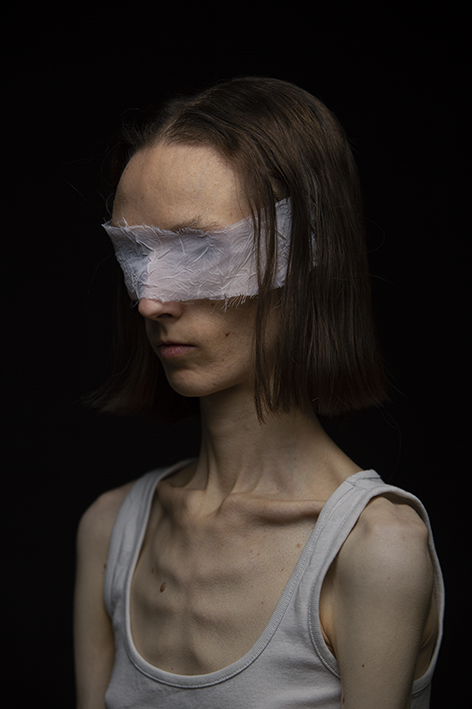
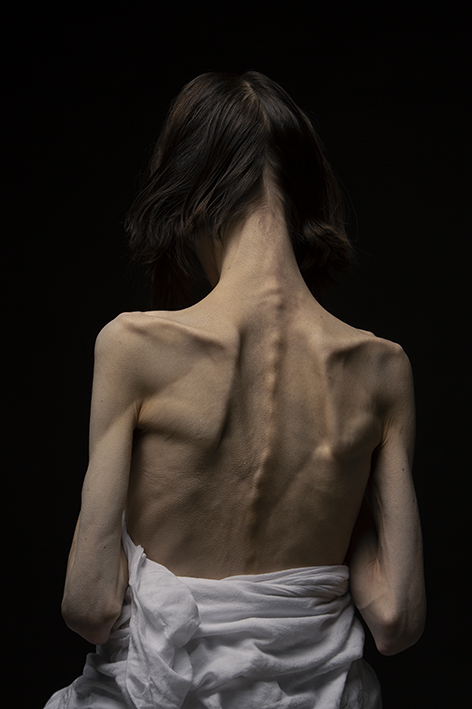
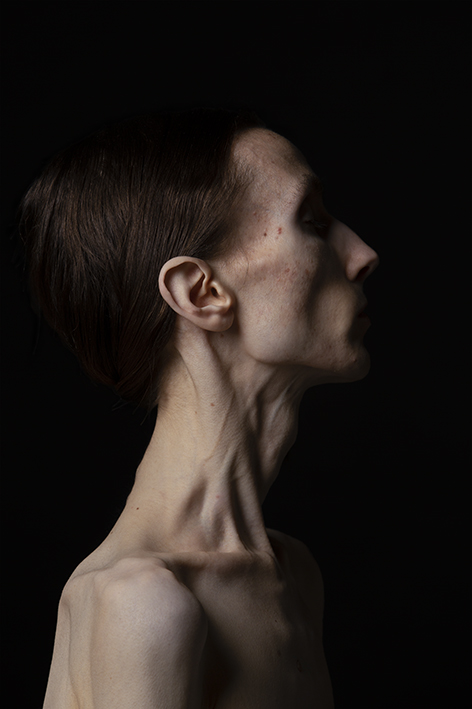
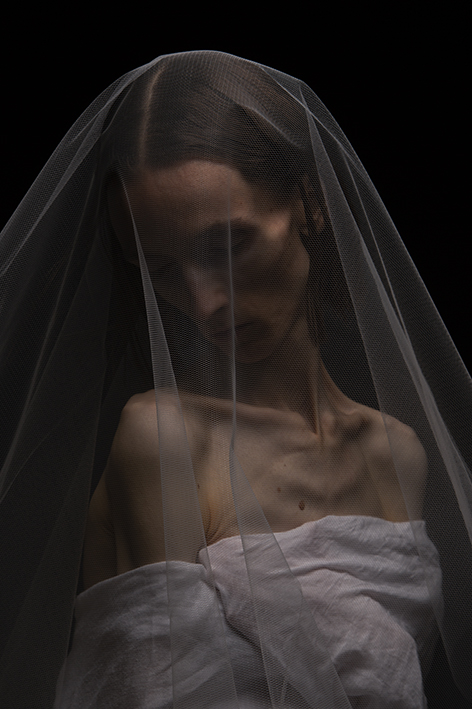
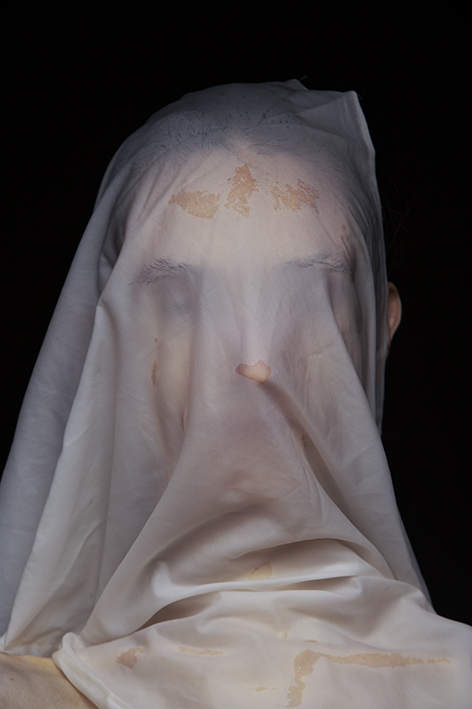
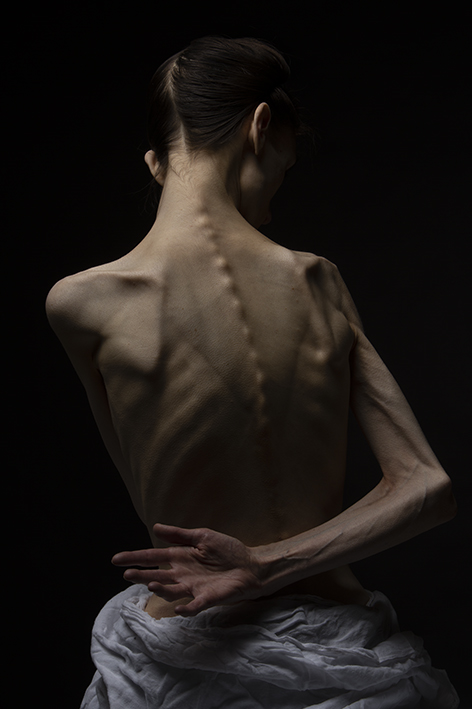
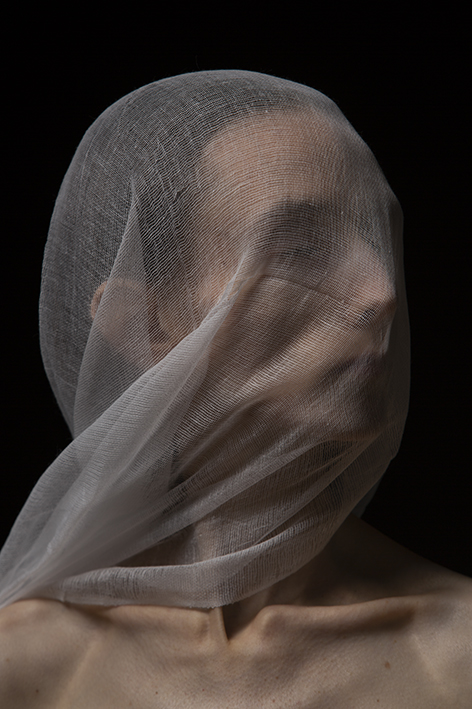
![Goran Bertok - Hunger 15 (2019) Many depictions of tortured and suffering bodies are known in the history of art, notably in the Christian iconography of Christ and of male and female saints. The Neoplatonic conception of the world in early Christianity as the embodiment of primordial Beauty was represented by the idealised image of paradise, the good shepherd, and the saints. (By the way, today [classic and social] media creates a similarly ideal picture of the modern consumer society.)](Hunger/Goran-Bertok-Anorexia-Hunger-15.jpg)